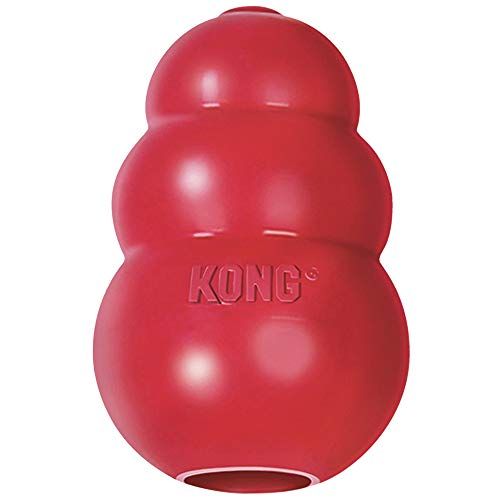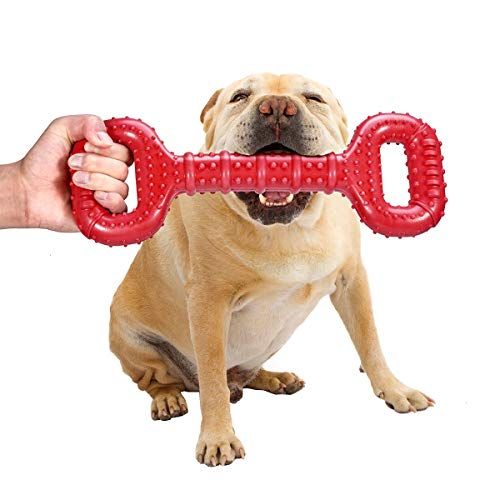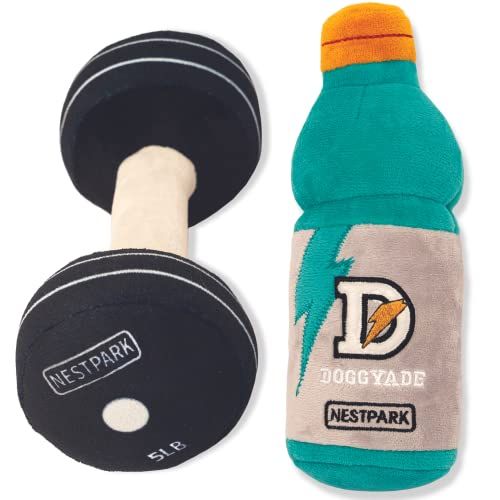Canine vs Human: Comparing Bladder Sizes
We live side by side with dogs, sharing our homes and our hearts, but how similar are we beneath the surface? One surprising area to explore is the comparative sizes of our bladders. The differences may amaze you, shedding light on canine health and providing insights into our own anatomy. Join us as we plunge into the fascinating and sometimes surprising world of comparative anatomy.
First and foremost, understanding the size of the bladder of a dog or human, its function, and the factors affecting its size can be crucial to comprehend various health conditions. Both in humans and dogs, the bladder is a hollow muscular organ that collects and stores urine produced by the kidneys before excretion.
The size of a human bladder
In humans, the bladder is a pear-shaped organ located in the pelvis, just above and behind the pubic bone. It's a highly flexible organ that can stretch and enlarge depending on the amount of fluid it contains. Typically, an average adult human bladder can comfortably hold about 400 to 600 milliliters of urine. When empty, it's roughly the size of a large grapefruit. However, when full, it can expand up to the size of a softball, depending on the individual's hydration level and how long the urine is held.
The size of a dog's bladder
The size and capacity of a dog's bladder can significantly vary depending on several factors such as breed, size, and age. Like humans, the dog's bladder is also located in the abdominal cavity and can expand significantly when filled with urine. However, compared to humans, dogs have a smaller bladder relative to their body size. On average, a dog's bladder can hold approximately 10 to 20 milliliters of urine per pound of body weight. This means a small dog weighing about 10 pounds will have a bladder capacity of about 100 to 200 milliliters, while a larger dog weighing 80 pounds can hold approximately 800 to 1600 milliliters.
Factors that influence bladder size
It's important to note that bladder size can be influenced by various factors. In humans, factors such as age, gender, and overall health status can affect bladder capacity. Similarly, in dogs, breed, age, size, and overall health status can impact bladder capacity. As with humans, older dogs may have decreased bladder capacity due to age-related changes, while younger, healthier dogs may have larger bladder capacities.
The importance of understanding bladder size
The knowledge of bladder size in humans and dogs can be important for various reasons. It can be crucial in diagnosing and managing urinary tract health issues, particularly those related to bladder control, such as incontinence and urinary tract infections. In dogs, understanding bladder size can help pet owners and veterinarians monitor urinary health, particularly in breeds that are prone to urinary issues. Moreover, bladder size can also impact the frequency of urination, which can be a significant consideration for pet owners and individuals with certain health conditions.
The relation between bladder size and urinary health
Urinary health can be closely related to bladder size in both humans and dogs. A smaller bladder may result in more frequent urination, while a larger bladder may hold more urine and require less frequent trips to the bathroom. However, holding urine for too long can increase the risk of urinary tract infections in both dogs and humans. Therefore, it is crucial to maintain a healthy balance and ensure proper hydration to promote overall urinary health.
Read more: How big is a dog's bladder compared to a human's
Remember, a healthy bladder is not only about its size but also about how well it functions. Regular check-ups with a healthcare provider or a veterinarian can ensure that the bladder and the entire urinary system is functioning correctly, and any problems are identified and treated promptly. Whether you are a pet owner seeking to understand your dog's health better or an individual interested in knowing more about your own health, understanding the bladder's size and function can provide valuable insights.















